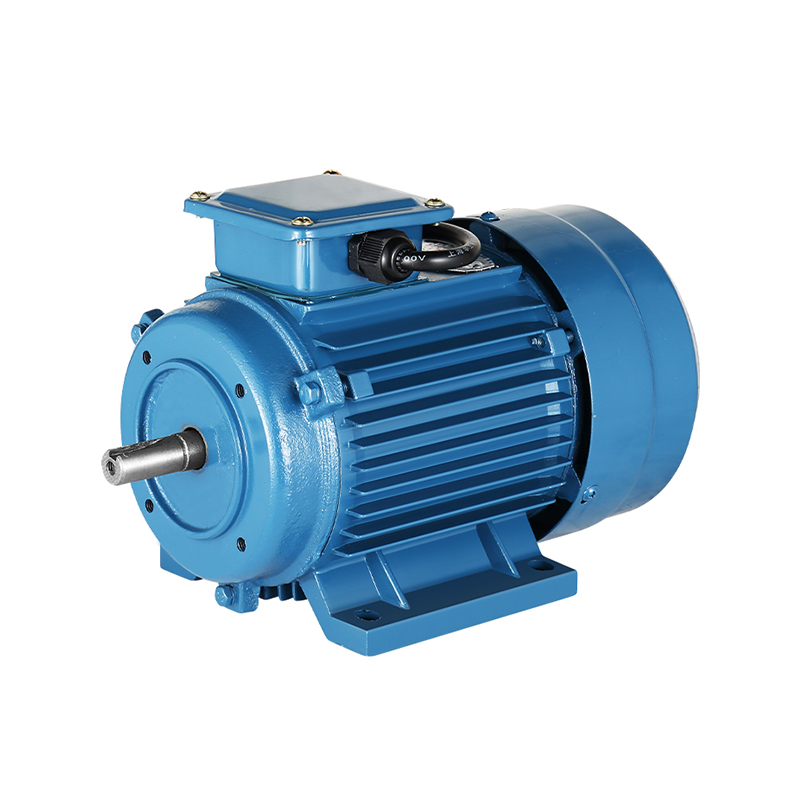Fan Compatible Motor vs. Standard Motors: What’s the Difference?
China Custom Powerful Fan Compatible Low Rpm DC Electric Motor Supplier
When selecting motors for various applications, it is important to understand the differences between a fan compatible motor and a standard motor. Each type of motor serves distinct purposes and is designed to handle different tasks effectively. While a standard motor may be suitable for a broad range of uses, a China fan compatible motor is specifically designed to optimize the performance of fan systems. In this article, we will compare the two types of motors, highlighting their key differences and their specific applications.
A fan compatible motor is engineered primarily to drive fan systems, which are used in a wide range of applications such as ventilation, air conditioning, heating, and industrial processes. These motors are designed to deliver consistent, energy-efficient performance in environments where the primary task is air movement. The design of it is optimized to provide the necessary torque and speed to drive the fan blades smoothly while maintaining low energy consumption.

On the other hand, standard motors are versatile and used in a wide variety of applications beyond just fans. These motors can be found in everything from pumps to conveyors, industrial machinery, and even household appliances. While they can work in some fan applications, they are not specifically optimized for fan performance. As a result, standard motors may not provide the same level of energy efficiency and reliability in fan-based applications as a fan compatible motor.
One of the key differences between a Custom Low Rpm DC Motor and a standard motor is their energy efficiency. It is specifically designed to meet the demands of fan systems while reducing energy waste. Many compatible motors come with variable speed capabilities, which allow them to adjust their output depending on the workload. This means that they use only the energy needed to maintain fan performance, making them more energy-efficient in the long run.
Fan compatible motors are built with durability in mind. Since fan systems often run for extended periods, compatible motors are designed to handle continuous operation without compromising performance. These motors are equipped with components that help them maintain smooth operation over time, even under demanding conditions. Additionally, many fan compatible motors are designed for easy maintenance, with components that can be cleaned or replaced to ensure long-term reliability.
While standard motors are durable in their own right, they may not be as well-suited for the specific conditions in which fan systems operate. For instance, they might not be designed to withstand the continuous use or heat buildup that can occur in a fan system. Over time, this can result in increased wear and tear, potentially causing more frequent maintenance or even motor failure.
Fan compatible motors are designed to operate smoothly and quietly, reducing the noise and vibration typically associated with fan systems. The motor's design, including features like balanced rotors and optimized bearings, helps reduce the amount of vibration and noise generated during operation. This is especially important in applications such as air conditioning systems or ventilation systems, where noise can affect comfort and productivity.
Standard motors, depending on their design, may generate more noise and vibration compared to fan compatible motors. Since these motors are not specifically designed for fan systems, they may not include the same features that help reduce noise and vibration. As a result, fan systems powered by standard motors may be louder and less comfortable to operate in environments where noise control is important.
Many fan compatible motors are designed to work seamlessly with control systems, which can help optimize their energy use and performance. For example, variable speed control systems can adjust the motor's speed depending on the current airflow needs, allowing for energy savings and improved system efficiency. Powerful Electric Motor Suppliers often integrate well with such controls, ensuring that the fan operates at the efficient speed for a given task.
When choosing between a fan compatible motor and a standard motor, it is important to consider the specific needs of your fan system. It is optimized for energy efficiency, durability, and performance in fan applications, making it the better choice for systems that require consistent air movement. In contrast, a standard motor is more versatile and can be used in a variety of applications, but it may not offer the same level of efficiency or performance in fan-based systems. Understanding the differences between these two types of motors can help ensure that you select the right motor for your specific needs.
-
Feedback

 English
English 中文简体
中文简体






